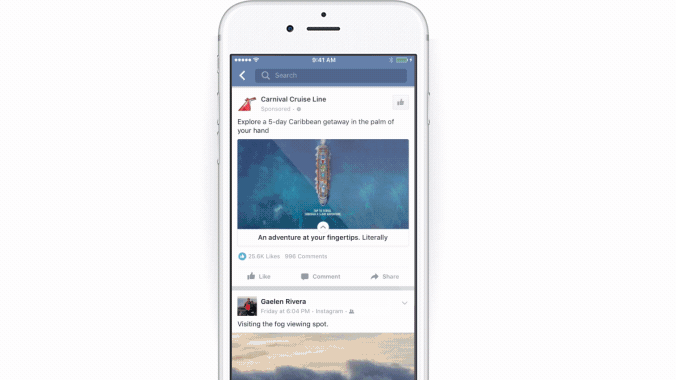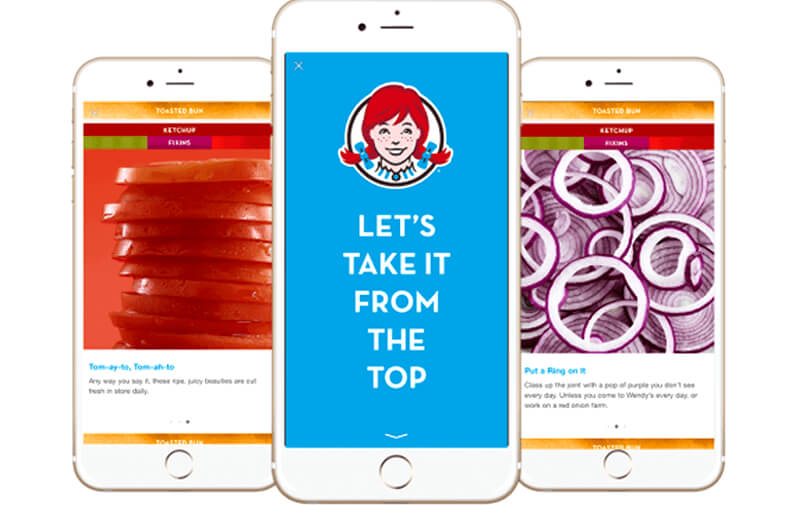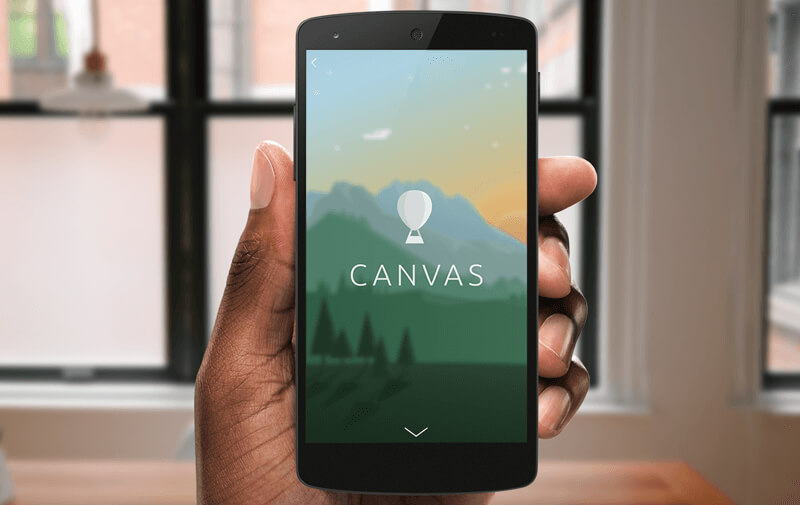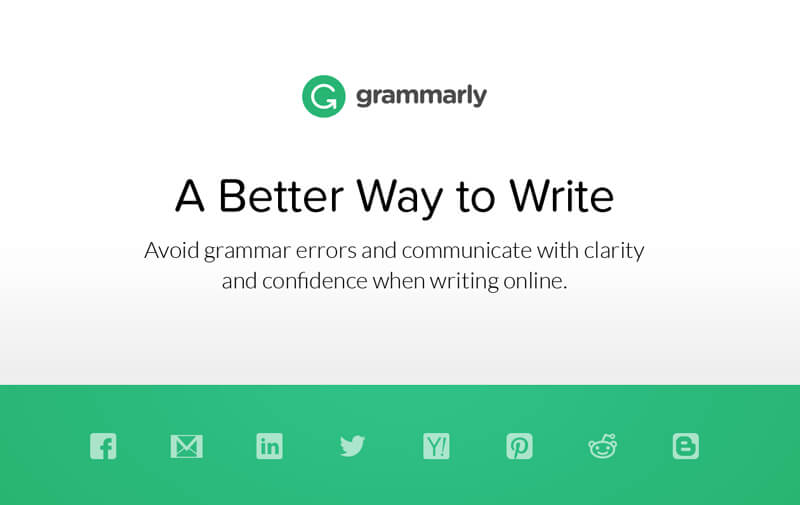With nearly 2 billion active users, the social media giant has become the central hub of daily internet activity and one of the world’s largest advertising platforms. That is just one reason why the new Facebook Canvas feature will be a major game-changer for brands.
For the past two years, Facebook has been releasing new products that offer innovative ways to reach users. First, it was Instant Articles then came Messenger Bots, and now advertisers have access to one of the most immersive and creative avenues for marketing I have seen in quite a while. To that effect, I have outlined three reasons Facebook Canvas simply cannot be overlooked.
What is Facebook Canvas?

Facebook Canvas is “a full-screen ad experience built for bringing brands and products to life on mobile.” They are rich media ads that can be likened to an interactive magazine spread, allowing marketers to combine text, images, video, and call-to-action buttons into a single mobile ad environment. Facebook Canvas ads are designed specifically for mobile and, like Instant Articles, the entire user experience remains inside Facebook. That means no more landing pages that take a long time to load or disrupt the overall ad experience.
Three Reasons Facebook Canvas is the Next Big Thing for Advertisers
Mobile is Everything
Over 90% of Facebook’s daily and monthly active users access the site via mobile. Mobile internet access has officially surpassed that of desktop globally, an extremely significant milestone. As advertisers, your priority number one has to be figuring out how to connect with your target market on devices carried in their pockets 24/7.
But mobile advertising presents many challenges, as brands can not simply copy what they do on the desktop and paste it over to mobile platforms. The reasons being that screens are smaller, conversions are harder to track, and user behaviors are wildly different. Think of how a traditional display ad looks on a desktop. Now envision the same ad on an iPhone. Not very pretty or practical, is it? Then you have the post-click experience, which is typically a landing page, which may not even be mobile optimized.
Facebook Canvas allows ads to be designed and delivered specifically for a mobile user experience, increasing the chances it connects with the viewer in a more organic manner. It will be easier for marketers to meet consumers where they are spending more and more of their time.
Creative storytelling For The Win
There are approximately 30 billion pieces of content shared on Facebook each month. That is about 1 billion shared links, images, videos, and stories every single day. Suffice to say; it is a crowded space, which means advertisers constantly need to find ways to stand out amongst the noise. It is not enough to serve a relevant ad to a targeted audience; you need to have “thumb stopper” design and messaging.
Facebook Canvas was built with this concept in mind. The ability to merge various types of media into one ad format makes storytelling much easier and opens the door for creative use of the marketing platform. Additionally, marketers can expect more engagement with these types of ads, as they put more control in the hands of viewers with swiping and video plays and scrolling options.
Check out what Wendy’s did with Facebook Canvas, offering a peek inside its kitchen:

A Better Buying Experience
Product-focused brands will be able to take advantage of the built-in e-commerce capabilities of Facebook Canvas. Traditionally, marketers would use a digital ad to promote a product, take the viewer away from whatever page he saw the ad on upon clicking it and end up at a landing page for that product. That is a lot of movement and bouncing around. With Canvas, brands can include product catalogs and calls-to-action (like a big green “BUY” button!) right inside the ad. Viewers can even make a purchase from right inside the Facebook Canvas experience.
Listen to an ad agency executive speak about Canvas and its e-commerce capabilities.
VML’s managing director of channel activation Amy Worley said the forthcoming ad seems particularly well suited for retailers. And with Facebook’s data and retargeting, promos could hit a specific user when they’re more likely to buy something.
“An ad format like this has the potential to become much more of a shopping experience,” she said. “It offers a wealth of product detail but does so in a way that’s user-driven and about exploration rather than pushing out features.”
For these reasons and more Facebook Canvas will be a staple amongst crafty marketers and digital advertisers for the foreseeable future. The new format may require more effort needed in creative planning, but we expect the results to make it all worth it.





